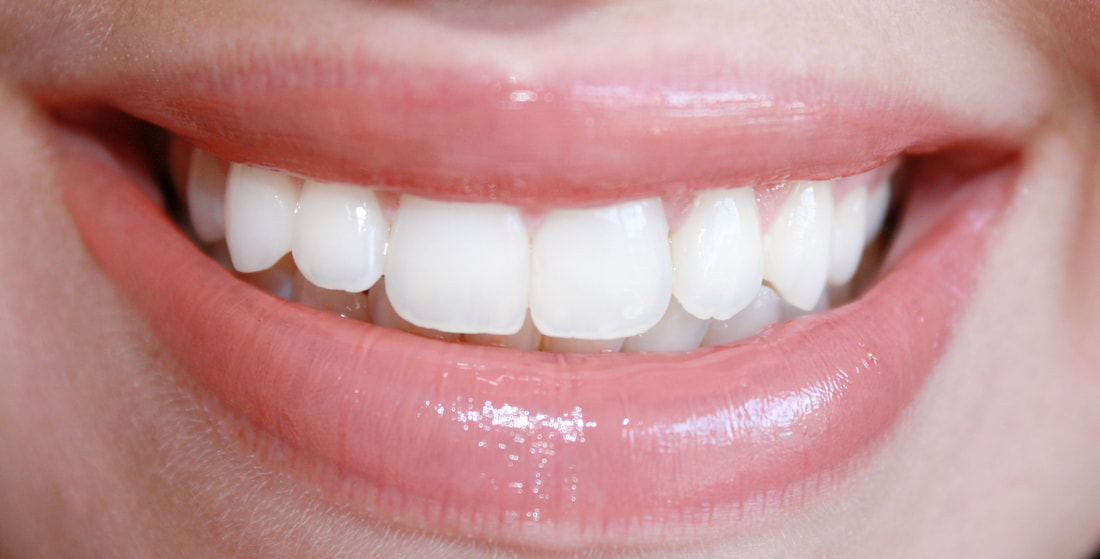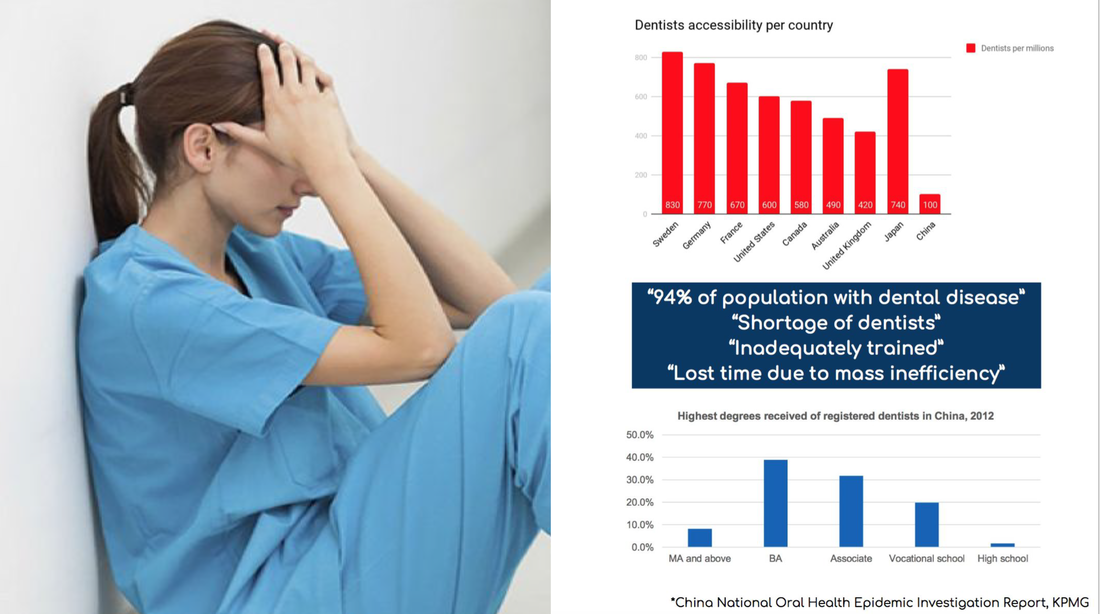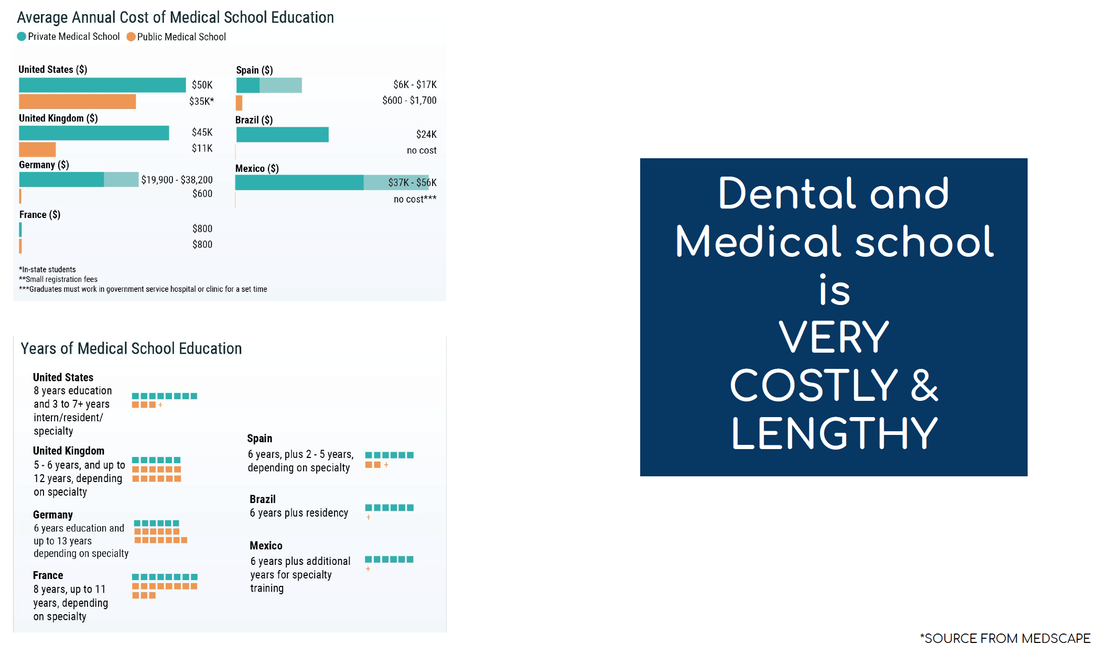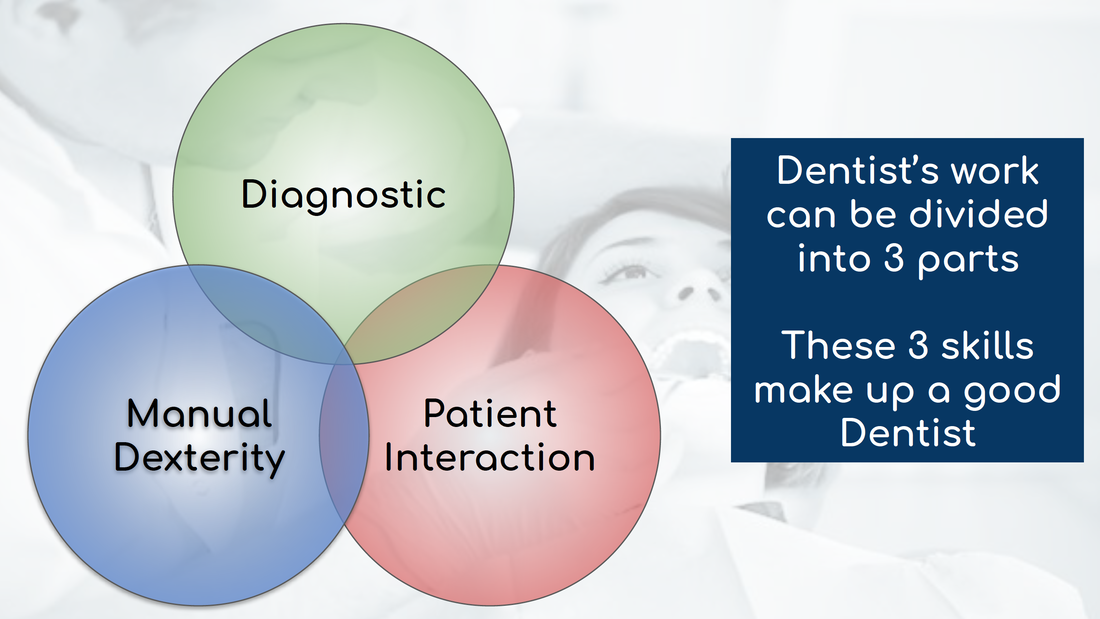Oscar Sum, an expert on artificial intelligence in dental health care, spoke on September 20th about how AI can help China to solve its shortage of qualified dentists and explained how AI dental diagnosis and treatment planning will revolutionize his profession. He graduated from one of the world’s top dental programs at King’s College London before moving to Shanghai to become dental director of Global Healthcare China. As a pioneer in applying AI to dental care he created his own company Aidencare.
Dentists and lawyers are supposedly the main stock of Rotary members: a bunch of conservative and well-off folks who gather in closed clubs to build and cement their social networks. Oscar made therefore a good point by asking what we associate with dentists: pain, expensive, yacht, beauty, tooth fairy, demon dentist, headache, fear, were some of the words that came the audience to mind.
Dr. Sum explained that there is a dark side to the profession which is rarely discussed in public. While some dentists might own yachts and drive Ferraris, many suffer from back injury, debt, isolation, and depression. Dentists do have a far above general population suicide rate which might be the consequence of before mentioned issues.
Taking the perspective of the patient, dentistry seems to be a scarce or at least not sufficiently applied treatment. 94% of China’s population is diagnosed with a dental disease, ranging from periondititis to serious caries. Oscar explained such poor dental health with a general lack of awareness in regard to dental hygiene and a rampant shortage of dentists. While countries like Germany or Sweden count around 800 dentists per one million inhabitants, China has only around 50, which are mostly insufficiently educated. China’s dental training has not yet undergone a standardization as in the west and quite often a vocational training is sufficient to get a license to practice.
It’s interesting to note that invisible braces empower regular dentists to prescribe braces, a treatment which was prior to their invention limited to specially trained dentists, called orthodontists. This example shows that technological improvements can disrupt established procedures and ossified education and treatment standards.
With such disruption comes the fear of those who have spent half of their life and (in the case of the US) up to half a million USD for their training and degrees – a human obstacle to technological innovation, which will also affect the application of AI in dental health care. How much are those who manage professions and industry standards willing open themselves to a technology induced transformation?
Dr. Sum explains that dentists in Shanghai process between 80 and 160 patients a day, which effectively means that they can’t spend more than three minutes with a patient. While China’s enormous population drastically points at a core problem of generally far too low dentist-population ratios, the situation is only relatively better in the West where public health system dentists treat e.g. in the UK 30-40 patients a day.
While patients desire qualified dental care at an affordable price or - even better - free of charge, a dentist wants a decent remuneration for his services and her up to 20 years of expensive training. It is a law of the free market that scarcity increases profit. The dental health care establishment is therefore interested in making access to the industry as difficult as possible to prevent cascading market prices and is biased against AI like 18th century Luddites wanting to trash algorithms now like weaving machines then.
It is therefore no exaggeration that the dental profession could serve as a blueprint of how to deal with an AI induced technological transformation. Dr. Sum showed us that his software automates and improves the diagnosis part of his profession – the one which requires most of the academic training and related memory - giving practitioners the opportunity to focus on manual treatment and more time to listen to their patient’s needs.
Whether they will use their additional time to give themselves and their customers a better experience or stay stuck in the rut of dealing with as many as possible cases a day to increase their dental practices revenue, we will see. If medical schools will reduce the length of their training programs and thus give away big chunks of revenue, we will see. In the long run, the assumption with which I started this blog, namely that our labor markets will increasingly demand a combination of manual crafts and interpersonal intelligence, will be confirmed.



